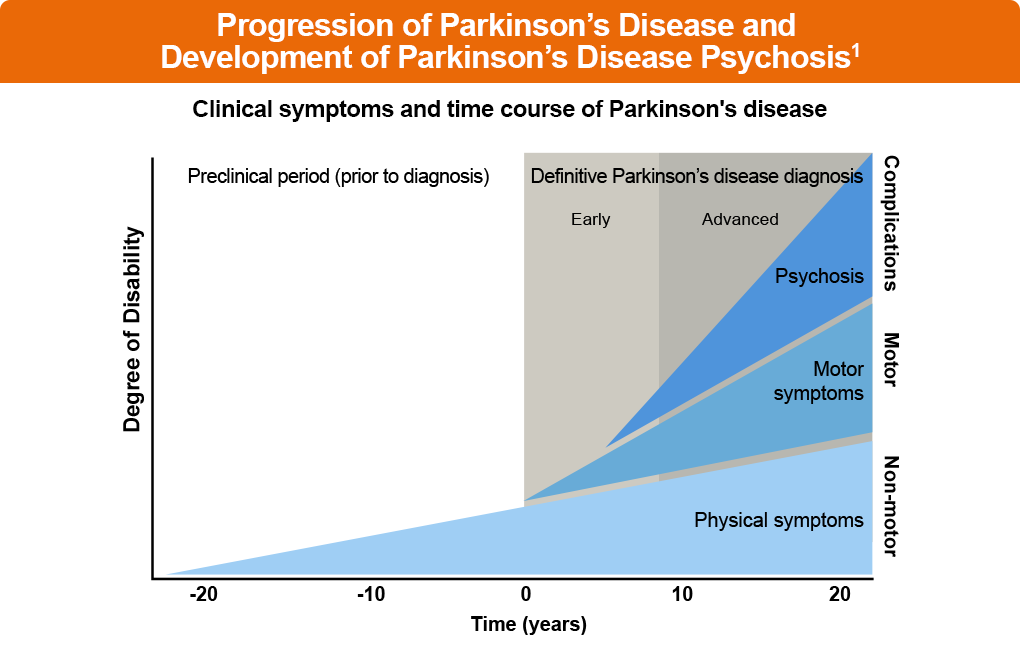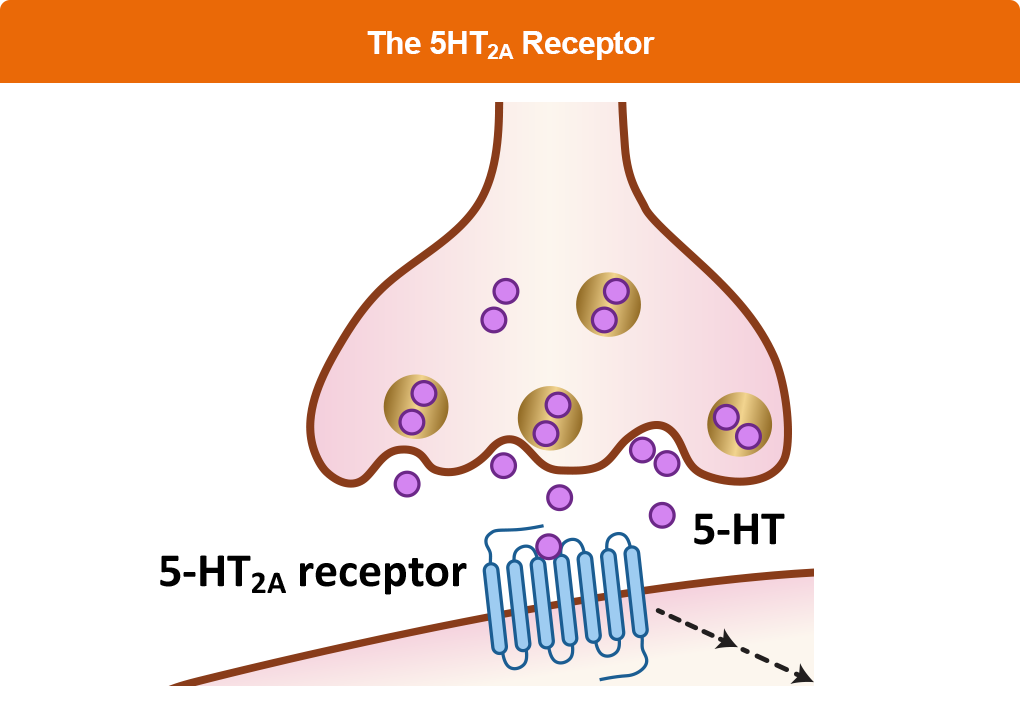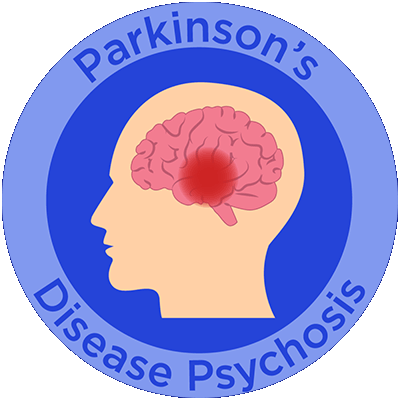This activity is provided by Med Learning Group. This activity is co-provided by Ultimate Medical Academy/CCM.
This activity is supported by an Independent Medical Education grant from AbbVie Inc., Acadia Pharmaceuticals, Inc, and Sunovion.

Copyright © 2019 Thrive Parkinsons. Built by Divigner. All Rights Reserved.








